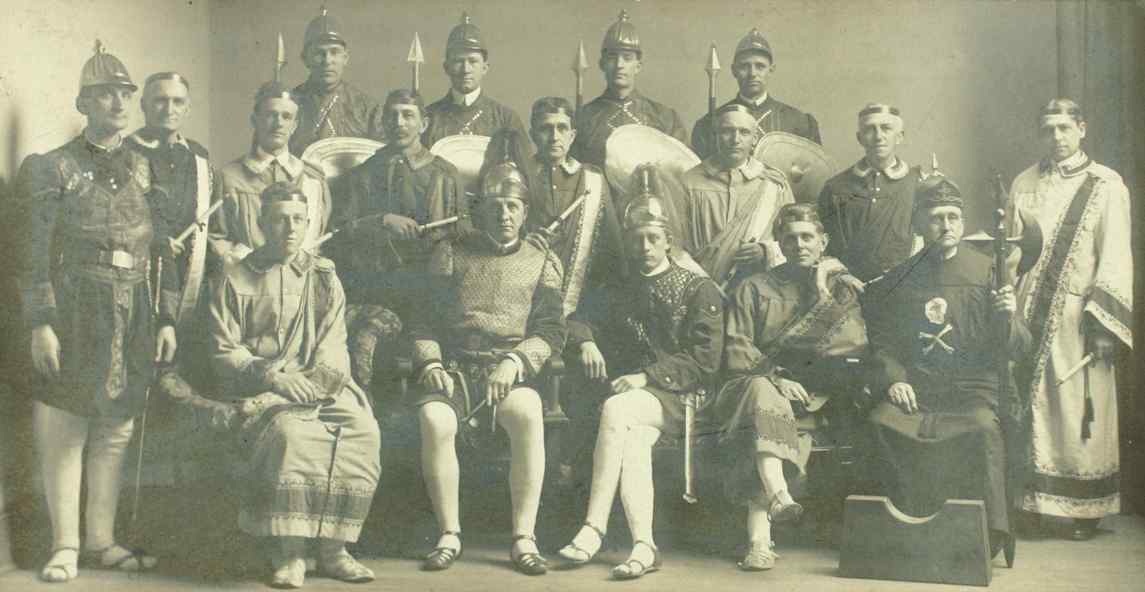
Back in 2012 this reporter offered a brief history that involved “knights, secret societies and a castle destroyed in an explosion.” At the time I admitted it had the making of a Da Vinci Code setup but was far less exciting – if not somewhat interesting to collectors. Now the time has come for a sequel, one that at least might make more sense than Dan Brown’s Inferno, a book/movie that still makes little to any sense!
This story revolves around knights and their Egyptian temple, but more importantly could help explain why at least one of the fraternal groups of the late 19th century adopted white helmets that were similar in design to the helmets worn by the various military forces of the day.
Founded in 1864 in Washington, D.C., the Knights of Pythias took its name from the legendary friendship of Damon and Pythias in Classical Greece. Yet like other “secret societies” of the 19th century including the Freemasons, Shriners and Odd Fellows mixed various rituals of the even more ancient world – notably those of Egypt, Babylon and Assyria.
While the Knights of Pythias typically had lodges that are reportedly called “castles,” their headquarters in New York City wasn’t a castle but was rather the Pythian Temple. Built in 1927 it served as the meeting place for the 1920 Pythian lodges of New York City, but unlike the many other rather plain buildings that practically hid the fact that these were lodge halls, this one was hard to miss.
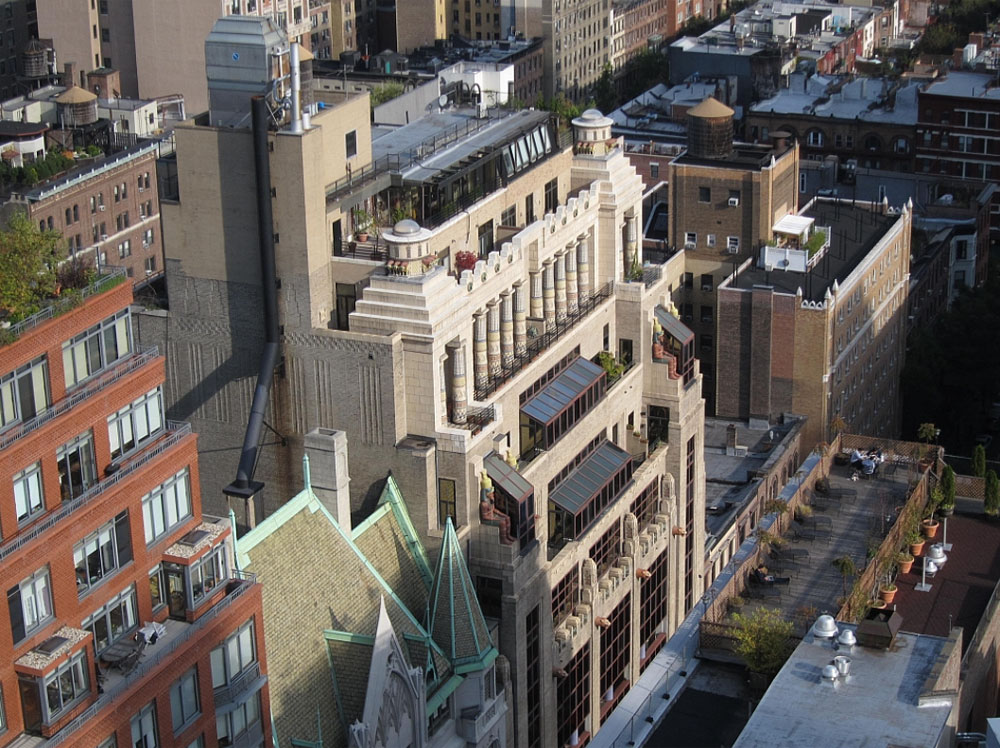
When the Pythian Temple was build it was among the tallest buildings in the neighborhood on Manhattan’s West Side and must have seemed impressive – if not a little campy in design.
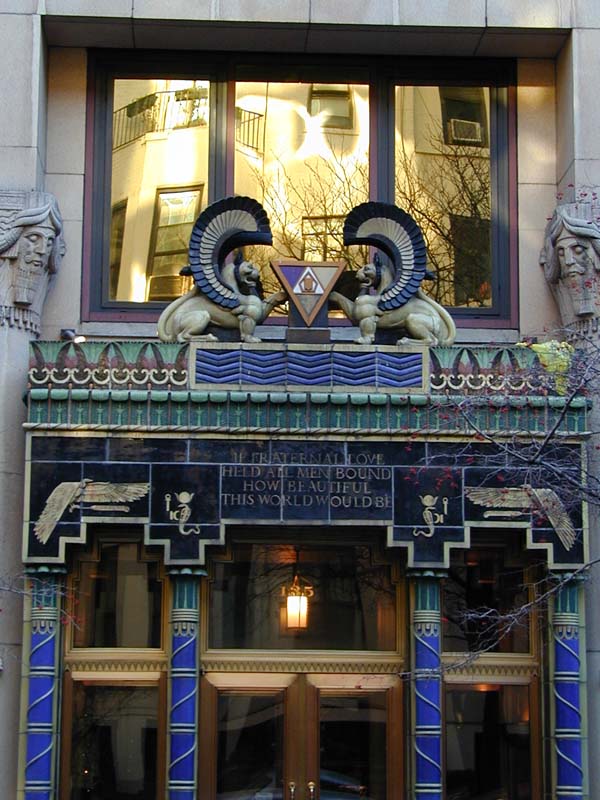
The ground floor entrance features a mix of Near Eastern designs including Assyrian, Babylonian and Egyptian.
The building featured a rather flamboyant Egyptian Revival Temple design mixed with 1920’s Art Deco style. It is so over the top that it wouldn’t look out of place if it were suddenly placed next to the Luxor Hotel in Las Vegas! Thomas W. Lamb, who was an architect noted for designing theaters created a midblock façade of movie-inspired Egyptian forms, seated Pharaonic figures and polychrome columns. Some of the imagery isn’t exactly Egyptian either but Assyrian and Babylonian in style – clearly Lamb had no problem in mixing themes from antiquity.
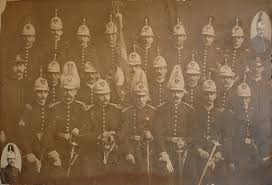
This period photos that the “Knights” wore plumed helmets and uniform jackets. Today it wouldn’t be too hard to mistake these individuals for soldiers from a colonial army!
While many of the rituals of the Knights of Pythias still remain a mystery, there is no denying that as with other fraternal organizations this one looked back to Egypt – as well as a Rome and Greece when crafting ceremony. Egypt reportedly played an influence on the early members, and this shouldn’t come as a surprise, as what was then called “The Near East” was in vogue.
But instead of adopting Egyptian attire and dressing like pharaohs it seems instead the Knights took another direction and dressed more like those explorers, diplomats and soldiers who were stationed in this land of mystery. It isn’t surprising either that the Pythian Temple took on an Egyptian design or that the members inside dressed in what could be mistaken (and often still are) for sun/pith helmets. This was just a few years after archaeologist and Egyptologist Howard Carter had discovered the intact tomb of 18th Dynasty Pharaoh Tutankhamen.
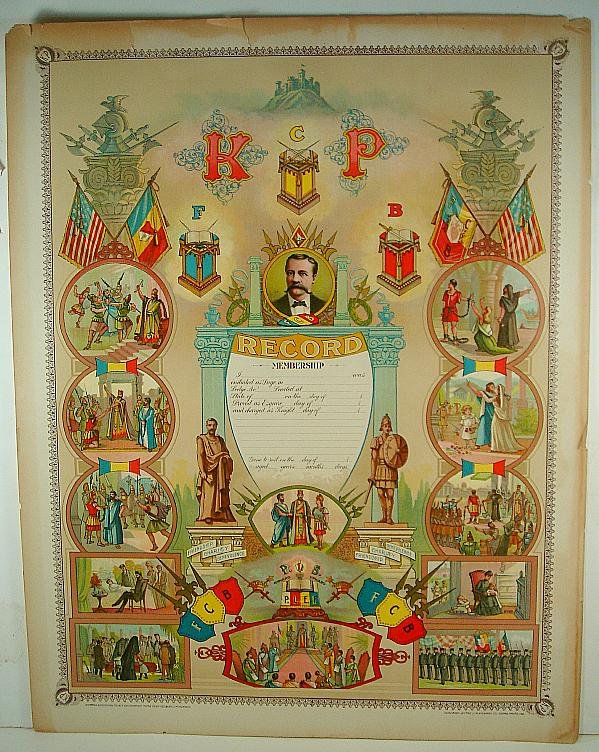
The Knights of Pythias called upon various influences in the late 19th century. Egypt was one of those influences.
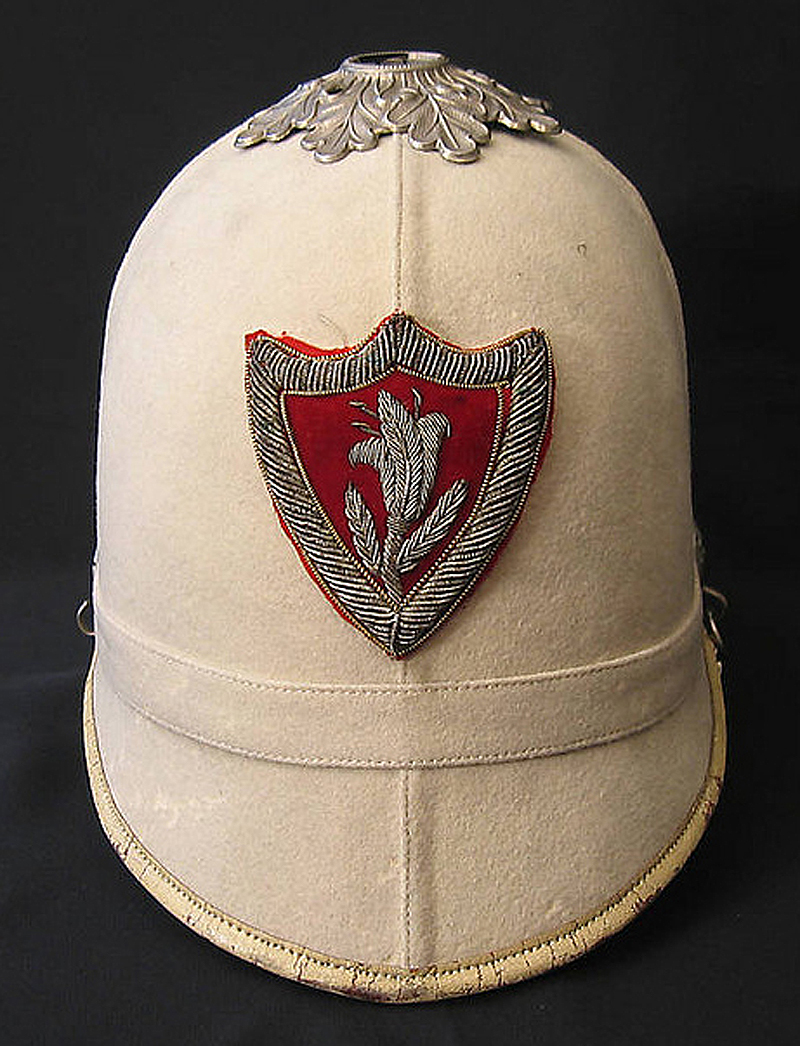
An original Knights of Pythias helmet – in appearance it could be mistaken for an American officer’s dress helmet. Much of the hardware used in these helmets in the early 20th century was military surplus and bought through the Bannerman Catalog.
Interest in all things Egypt would only continue in New York City, as the Metropolitan Museum of Art expanded its Ancient Egyptian collection, and in the 1960s add the Temple of Dendur as a permanent exhibit.
By contrast the Pythians’ numbers declined and in 1940s the building – located on West 70th street on Manhattan’s Upper West Side – was leased to Decca Records. In April 1954 Bill Haley and His Comets recorded one of the first true rock and roll hits, “Rock Around the Clock” here. Other artists such as Buddy Holly, Sammy Davis Jr. and Billie Holiday would record there as well. As a side note the building served as the fictional “Egyptian Embassy” in a scene in the 1985 movie Desperately Seeking Susan, which starred Madonna – to keep with the music theme.
In 1986 the building was converted to residential use by architect David Gura. The exterior was kept intact, but underwent a restoration in 2008-9. As a final musical connection it is reported that the parents of singer Lady Gaga have lived in the building, known as the Pythian since 1993. Have the spirits of the ancient Egyptians and the Knights of Pythias created our modern pop music? A truly unique connection to sun helmets indeed!
